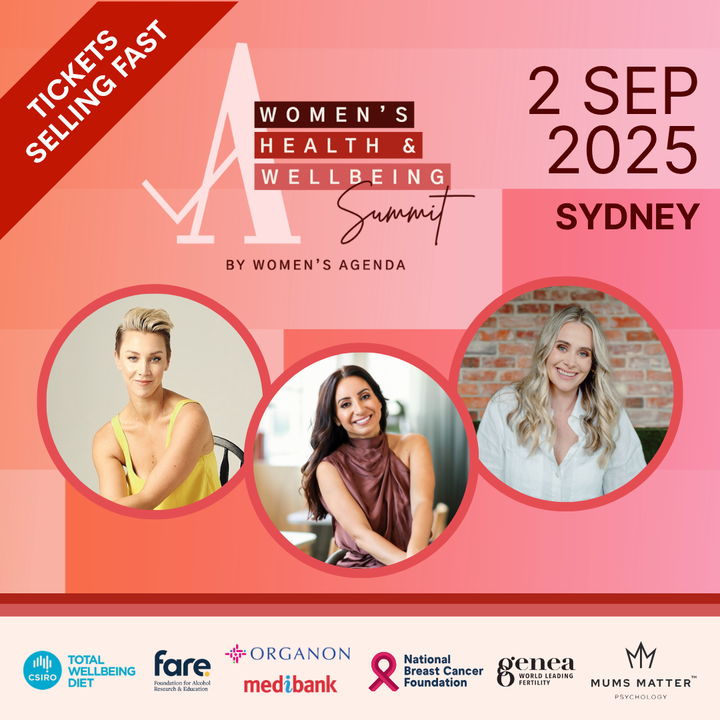It’s almost that day of the year when doctors put on their crazy socks, an initiative founded by Dr Geoff Toogood with the aim of raising awareness and breaking down stigma for the mental health issues faced by health professionals.
Last year, I found myself wearing hidden ankle socks instead, because I was a burnt-out junior doctor. I didn’t want to sugar-coat the entrenched culture of poor mental health across the profession to myself or on social media.
In 2013, beyondblue published a nation-wide survey which revealed how disproportionately high the rates of anxiety, depression and mental health issues are in doctors compared to the general public, and called for urgent action.
But this spotlight on the widespread burnout amongst medical colleagues has not been enough to prompt timely provision of structural support, nor a better outlook, to those impacted by declining mental health and emotional fatigue.
In 2017, we read about the death of Dr Chloe Abbott, who took her own life after years spent passionately advocating for improved conditions for doctors in training.
She was not alone. Other reports of doctors, at both junior and senior levels, who have committed suicide continue to make headlines year by year.
We now have research identifying risk factors such as long working hours or fear of perceived weakness, and the concerning percentage of doctors who experience workplace harassment and bullying (and under-report it).
And yet in 2020, almost every doctor knows of another who is now battling with the complex and longstanding pressures of the profession, with variable success.
Of course, no one starts medical school expecting their career to be easy, as doctors regularly deal with death, disease and pain.
But there are multiple career-inherent factors that drive feelings of inadequacy and loneliness, which a typical workday leaves little spare time to process.
Even the most compassionate and dedicated junior doctors can be blindsided by the relentless focus on CV-building, short fixed-term contracts which often require relocation, and the bottlenecking into speciality training (let alone the pressure to find a speciality that fulfils you).
Furthermore, mental health ‘awareness’ may make it easier to pass on the crisis support number to a friend or colleague, but the stigma is too well ingrained.
Last year, I couldn’t reconcile my readiness to encourage others to ask for help, with my own reluctance to admit that I needed it myself.
With all the new workplace wellbeing initiatives, I felt like I was falling behind in yet another criterion – resilience – and it was my own fault that I was still struggling with work-related anxiety and poor sleep.
Recently, resilience was introduced to the university curriculum as a way to lessen our vulnerability as junior doctors upon graduation. After final exams in 2017, my peers and I attended a workshop called ‘Bullying in the Healthcare System – Triaging Bad Behaviour’, in which we were taught strategies to handle some of the workplace challenges awaiting us.
Someone asked our instructor if there was an associated seminar for our senior colleagues called ‘How Not To Bully’. It was discontinued due to lack of sincere participation, or perhaps complacency from those who are supposed to be educating us.
This unfortunately reiterated the message that it is up to us junior doctors to develop coping mechanisms, and addressing the systemic factors that demand our resilience can come later.
I have immense respect for my colleagues who lead by positive example, and gratitude for the meaningful changes workforces have introduced to support doctors in training, like mentor programs and encouraging claiming for overtime.
With perspective gained from time and experience, I now have no doubt that initiatives like Crazy Socks for Docs can prompt valuable conversations and brighten up an otherwise difficult day at work.
But until we make structural changes to hospitals and medical training, we will certainly continue to see these unacceptably high rates of anxiety, depression and burnout in doctors.
With over 3000 interns entering the Australian medical workforce every year, we can highlight the mental health burden with colourful socks, but we should not allow it to distract from our responsibility to do more.


